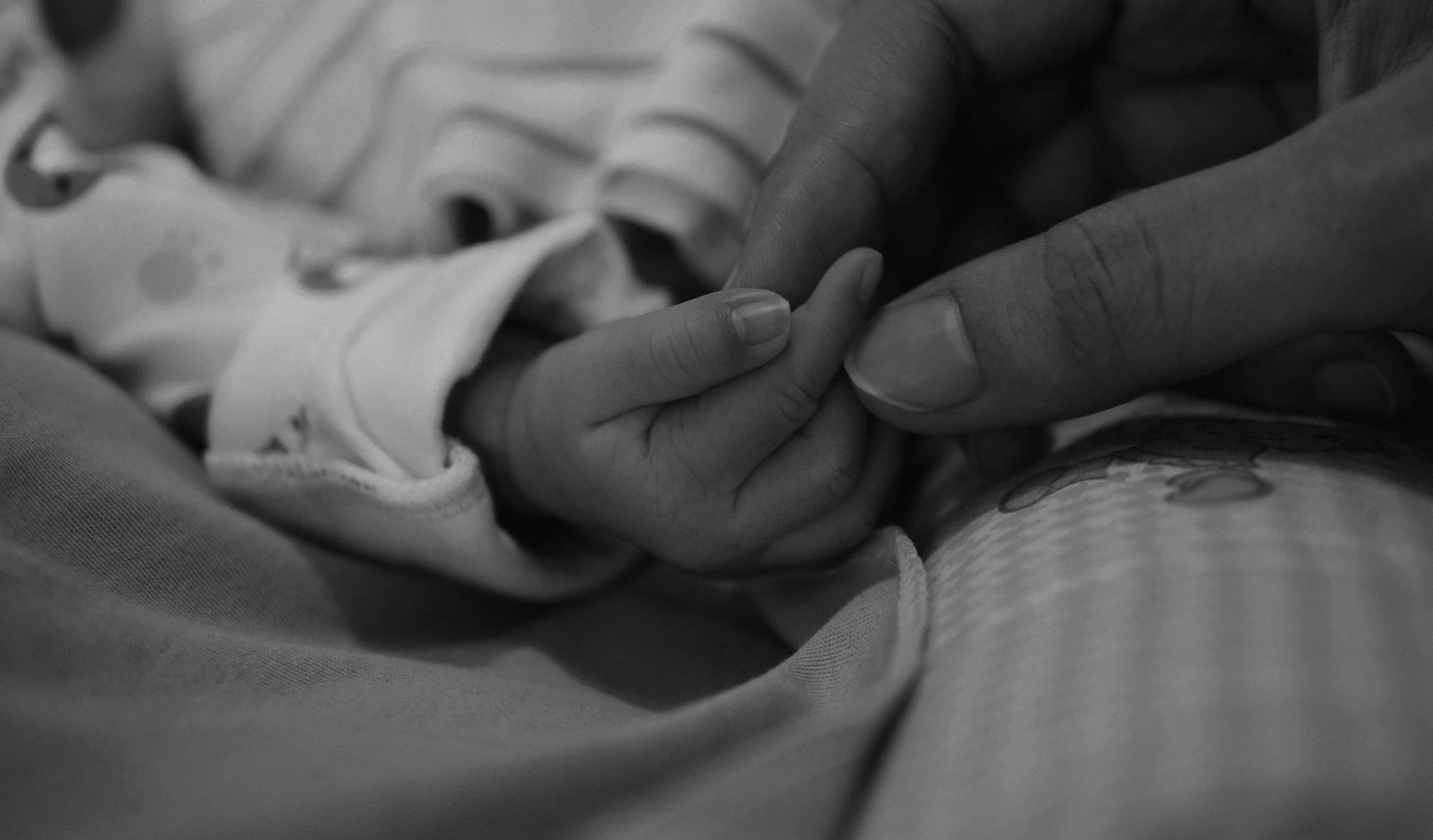Parents and caregivers can take online or in-person courses to learn evidence-based strategies for supporting their child’s development and creating opportunities for learning and skill-building. This approach often leads to benefits like reduced parental stress and increased confidence in parenting skills.

Autism and early detection
Signs of autism can typically be observed in the second year of life (12 to 24 months) but may be seen earlier. It is thought to be caused by a combination of genetic and environmental influences.
Understanding autism
Autism is a neurobiological developmental condition. It affects the ways a person communicates, behaves, and adapts to their surroundings. Autism often has an impact on learning, mental health, and quality of life.
Autism is also called autism spectrum disorder (ASD). It's considered a spectrum disorder because people with autism have a wide variation in the type and severity of symptoms they experience. Autism includes people with profound disabling symptoms and extensive support needs, people who can live and work with little to no support services, and a wide array of people whose needs fall in between.
Autism prevalence
In the United States, 1 in 31 children has been diagnosed with autism.
Children who are born preterm are 2.5 times more likely to be on the autism spectrum compared with children who were born full term.
Children who have a sibling with autism are 8 to 10 times more likely to be on the autism spectrum compared with children who do not have a sibling with autism.
Children born to fathers who are older than 45 years are about 1.5 to 2 times more likely to be on the autism spectrum compared to those with fathers in their 20s or 30s.

In the United States, 1 in 31 children has been diagnosed with autism, so the prevalence of autism is 3.2%.
Diagnosis
Diagnosing autism
Autism is diagnosed based on a skilled professional's assessment of social and communication deficits and repetitive behaviors in children. Wait lists for evaluations by skilled professionals can be long, sometimes more than a year.
Learn more about how autism may be diagnosed.
Autism-specific interventions initiated in the first 1 to 3 years of life are associated with improvements in IQ, language abilities, and social skills compared to children who receive interventions later.
Each state has a program to provide early intervention services up to age 3 at no or low cost to families.
Having an autism diagnosis may help families access therapy and services for a child. Autism-specific early intervention is typically initiated after a child has received a diagnosis of autism. Many insurers cover autism therapy only after a diagnosis has been made.

Give your child the advantage of objective insights
Take a proactive step in supporting your child’s development and well-being with ClearStrand-ASD.
Thank you for your request
Thank you! Your message has been sent successfully. We’ll get back to you within the next 3 business days.
Fill out the form for additional help
Or call us at 1-877-LinusBio (546-8724)
Page contents
Important information
ClearStrand-ASD is a biochemical test intended to help health care providers rule out autism spectrum disorder (ASD) when it is a concern in children aged 1 month up to 4 years (48 months) of age. It detects a biomarker associated with autism using a strand of hair. ClearStrand-ASD must be ordered by a licensed health care provider. Rx only. ClearStrand-ASD results can be negative or non-negative.
A child with a negative result is unlikely to be on the autism spectrum. A child with a non-negative result may need further autism diagnostic evaluation. ClearStrand-ASD is not a standalone diagnostic test. Health care providers should consider the test result in the context of other factors relevant to their clinical decision making. ClearStrand-ASD analyzes a strand of hair to map the dynamic patterns of an individual's unique biological response to environmental exposures over time at a molecular level and uses an algorithm to assess the likelihood of autism from the patterns. It is not a genetic test.
The test is performed by the LinusBio CLIA-certified laboratory (CLIA #31d2307499) and has not been cleared or approved by the US Food and Drug Administration (FDA).
